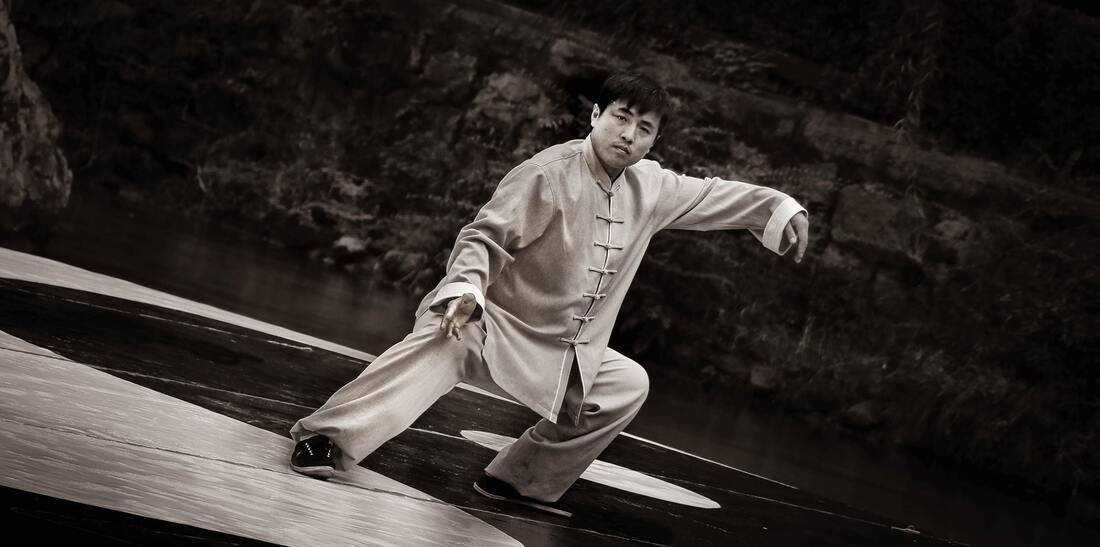|
SEARCH My Blog (Opens in new tab)
Your tendons help your brain understand how to balanceWe rarely hear of the need to keep our tendons healthy. But we know that our balance gets worse as we age. The things we need to do to keep our tendons healthy also help us better sense the position and movement of our joints. As we age, our ability to sense the position and movement of our joints degrades, even in very active older people. This loss is more severe in inactive people and leads to a less stable gait and more falls. This is why it helps to think of regular daily exercise as a means of living longer better by avoiding falls - and also looking better longer with an upright posture. Your aim is not to build muscles and exhaust yourself; it is to improve your balance. In doing that, you'll need to build more muscle, but that outcome is a side-effect. The best program to combat loss of balance is a combination of aerobic, balance and strength exercises. This combination keeps our tendons healthy, as well as our ligaments and muscles. Our joint positioning sensitivity declinesWe are looking to rebuild muscle mass and strength because of the loss of muscle mass as we age degrades our ability even to sense balance. The sensing activity of muscle nerves declines as we age, and since we have less muscle, there is a double hit on being able to sense our joints moving. The good news is that some studies have found that active older people can significantly improve the nerve activity in their remaining muscle - compared to those who remain inactive. Our body has receptors throughout our musculoskeletal system where the movement and position of our joints trigger various stimuli. These receptors are called proprioceptors. Proprioception is the perception of position and motion of joints and body in space. (First defined by neuropsychologist Charles Sherrington at the beginning of the 20th century). Unfortunately, the sensitivity of our proprioception deteriorates as we age, typically in joint position sensing and small movement detection. Think of your neck, shoulders, elbows, hips, knees and ankles. Your brain finds it harder to know what position they are in, and when they move. Researchers found that people over 57 had to displace their joints 50% more before they detected movement, as compared to younger people under 35. One the other hand, active older people were significantly more sensitive than those inactive. The good news is that proprioception can be "trained". For example, older Tai Chi practitioners were found to have better joint sensitivity better balance than their less active peers. (Because Tai Chi puts a great emphasis on the exact joint position and direction.) What's the difference between tendons and ligaments?Knowing a little about tendons and ligaments is helpful, for two reasons. For one thing, it helps you understand the benefits of various exercises. For another, it will give you some understanding of the clicks, creaks, and joint pain that occur as we age. Here's a shallow dive into the anatomy:
Most joint pain is a product of stiffening tendons, weakening ligaments, and lack of muscle mass and strength. These failings can all be slowed, and in some cases reversed. Three groups of exercises for best tendon healthBest results in maintaining balance and the condition our ligaments and tendons come from a combination of:
For resistance training, try bodyweight exercises, bands, and if you have access to free weights or kettlebells, get advice on how to use those effectively. Remember to program adequate time for rest and recovery. For cyclic loading, walking every day for 30 minutes is good - even better if you walk briskly. Of course, running, swimming, tennis, dancing etc. are all useful. If you are up for a bit more interval training with faster work and more intense work throw that in as well, e.g. running, running up steps. For mobility, if you like yoga or Tai Chi fantastic! Otherwise add some everyday routines into your daily life, such as putting your socks on while standing, one-legged deadlifts, and standing on one leg with your arms stretched to the side. Mayo Clinic has a very doable set of balance exercises. Choose the ones you like and build them into your daily routine. Mayo Clinic Balance Exercises Also, whole-body vibratory stimulation exercise - using a vibration plate - is a safe and appropriate way to enhance muscle strength and balance. Good luck. > More posts to help you with EXERCISES > More posts to help you with DIABETES > If you are a @MEDIUM reader my publication Body Age Buster has hundreds of categorised posts which I have written especially for men and women over 50. Follow me on Quora for more health and fitness tips.
If you valued this article >> Follow me Leave a comment >> Share it >> Stay healthy If you have any questions email me and I will get back to you. Latest: get your free customised fitness plan designed uniquely for you.
|
ChoicesSince I was diagnosed at 50 with Type 2 diabetes I've been learning how to do bone-building fitness training which lowers my age. You can too. It's your choice. Walter Categories
All
Archives
May 2023
|

 RSS Feed
RSS Feed



